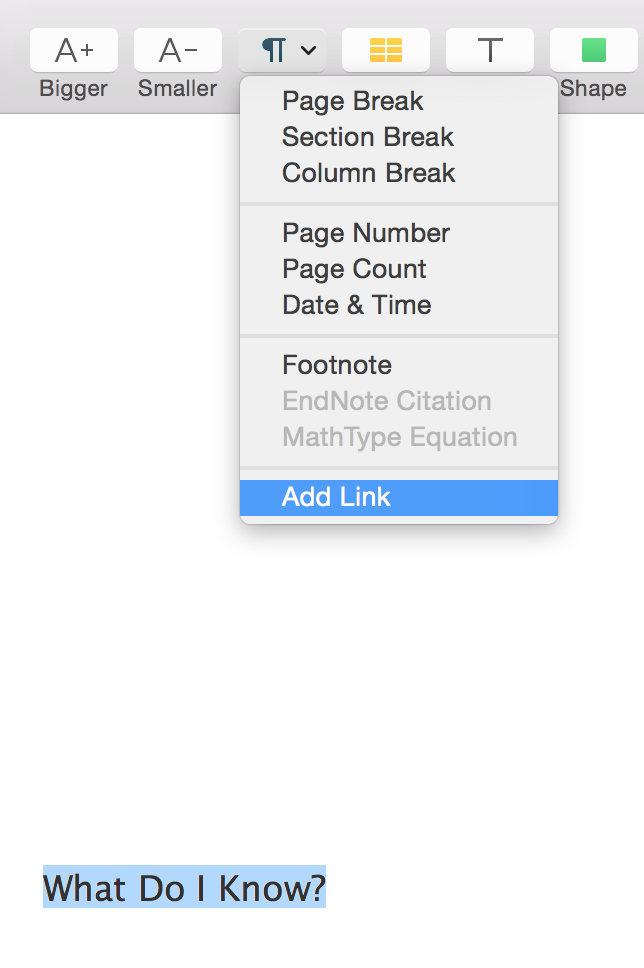The article itself exemplifies one of the issues I've been having over online news (including ethics of updating blog posts). In this case, the online stories and the print stories don't match.
Here's the link to the online LA Times Story.
The first two paragraphs are the same, but the print story capitalizes Department of Veterans and Military Affairs while the online version doesn't. Maybe I noticed that because capitalization is one of my problems here.
The two seem to be the same until the end of the paragraph that starts "In September . . ." and ends " . . .confidentiality had been breached."
The online version adds that she was a professor at West Point and doesn't mention that she's a Democrat. Neither mentioned her PhD in geography.
The print version ends abruptly:
"Hummel graduated from West Point in 1982 and served 30 years of active duty.I find the last sentence interesting because I suspect that a lot of folks will say, "Another unsuccessful politician gets a helped by the party into a cushy job." But that would be a very wrong conclusion. First, party stuff is all mixed up in Alaska now that we have an 'independent' former Republican governor teamed up with a Democratic Lt. governor. But much more than that.
A Democrat, Hummel ran unsuccessfully for a seat in the state House of Representatives in November."
This is a story I know better than most stories. I met Hummel right after the 80% Republican Redistricting Board rejected her and two other candidates for their Executive Director position - a non-partisan position for which she was exceedingly well qualified. I talked to Hummel shortly after that - I was so impressed by how she handled herself that I contacted her because I just wanted to meet this well qualified and well-spoken woman. We kept in contact while she was recruited by the Democrats to run for the state house in her district. She laughed at them at first, but as she met some of the other Democratic legislators in Anchorage who came to persuade her, she was impressed with them. They appealed to her sense of duty and public service and she finally agreed. (Really, I know this sounds like a pr piece, but that's really what happened.) She'd never been involved in a political campaign and was particularly displeased about the having to ask people for money. But she put herself totally into it and lost to an incumbent by 2l3 votes, less than 1% of the vote.
Is this a cushy job for Hummel? It's one she's excited about and also a little anxious about. She's never been in the National Guard and there's a lot of stuff to do. She also doesn't believe the Adjutant General should be head of the National Guard AND the state head of veteran and military affairs. Because it's a military job, she has to forego her military pension and disability* payment. Even more problematic is that her husband, who works in the Army National Guard in Alaska, has to resign his position. But, she told me, he insisted this was an opportunity she couldn't pass up.
But let's get on to other questions, questions I ask myself as I blog, both as a blogger and as a user of online news. Some differences between online and print and how I feel about them:
- An online piece can be longer than a print piece so you can include more than you would print. Print stories should say if there is more online, and some do. It would be nice if the online story content that was in addition to or different from the print story, were a different color or otherwise marked. I suspect most print media don't keep such close track of those things and would claim it would be a big burden.
- You can update an online piece. You can only print a later correction in print. I think it makes sense to update and correct only stories, but those changes that are substantive should be marked. I do that here. Otherwise, unless someone saves each version or finds a different version cached, there's no way to know whether a story you read - say three months later - is the same story that was there in the beginning. This has all sorts of Orwellian possibilities.
- Typos that have no consequence to the meaning should be fixed when spotted and don't need to be marked. Minor word changes that clarify but don't change the meaning also don't need to be marked, but this hangs on people's interpretation of 'minor' and 'change the meaning.'
I decide it would be prudent to check what professional journalists have to say on this. There was an article in the April 2014 American Journalism Review about a draft Code of Ethics from the Society for Professional Journalist coming out in September 2014:
The code draft acknowledges a different environment for news by advising journalists to “Aggressively gather and update information as a story unfolds and work to avoid error. Deliberate distortion and reporting unconfirmed rumors are never permissible.”
Well, that agrees with me about updating, but doesn't mention identifying the updates. Should the story be dated as of the latest update or the original story? This will matter later when people look back to see when something was known. And in the competition between news companies, who gets the credit for being the first to report?
I'd note that I tried to contact Soumya Karlamangla, the reporter on the LA Times Hummel piece. I originally wanted to ask her questions about the differences between the online and print versions and who makes those decisions. As I looked at other stories she's written, I was wondering how she got this story. There was an AP story and and ADN story. It's unlikely she was writing this as an original piece. But there is no source identified and it's not labeled an AP story. What is it that she did to what she found online that changes it from a wire story to one that deserves her own byline? (I couldn't find an email address for her but I did tweet her. But didn't hear anything back. I'm not clear about whether a tweet to her is public or not. When I saw it in my list of tweets much later, I took it down. There are too many protocols on too many systems for me to keep up. OK, I looked it up, only folks who subscribe to both me and Karlamangla would get it in their timelines. There's a table online that tells you who can see different kinds of tweets. Here's the relevant information from that table to my question. It would be publicly visible on my timeline.
 |
| click to enlarge and focus |
Back to the American Journalism Review article mentioned above that talked about updating online articles. I went to the Society of Professional Journalists website to see what their revised code looked like and if it had that language. I couldn't find any language that specifically addressed updating online articles. Here are the four main principles. Each then has a list of standards of practice under it. You can get the Code as a pdf here.
- SEEK TRUTH AND REPORT INGJournalists should be honest, fair and courageous in gathering, reporting and interpreting information.Journalists should:
- MINIMIZE HARMEthical journalists treat sources, subjects and colleagues as human beings deserving of respect.Journalists should:
- ACT INDEPENDENTLYJournalists should be free of obligation to any interest other than the public’s right to know.Journalists should:
- BE ACCOUNTABLEJournalists are accountable to their readers, listeners, viewers and each other. Journalists should:
Doesn't really address my questions.
*I asked Hummel during the campaign about what her disability entailed. On the one hand, it's none of my business, but I suspected that some voters would wonder how she could hold the job of legislator if she was disabled. Her response was that it was not a payment because you were so disabled you couldn't work, but rather compensation for injuries caused by your service in the military. She was at West Point ages 18-22 and then in the military until she was 51. She said hers were mainly orthopedic; "running too many miles with a heavy rucksack and jumping out of too many airplanes." There is a very specific protocol for doctors to determine the injury and the percent of disability for each injury. You can see how they calculate it precisely here.








































